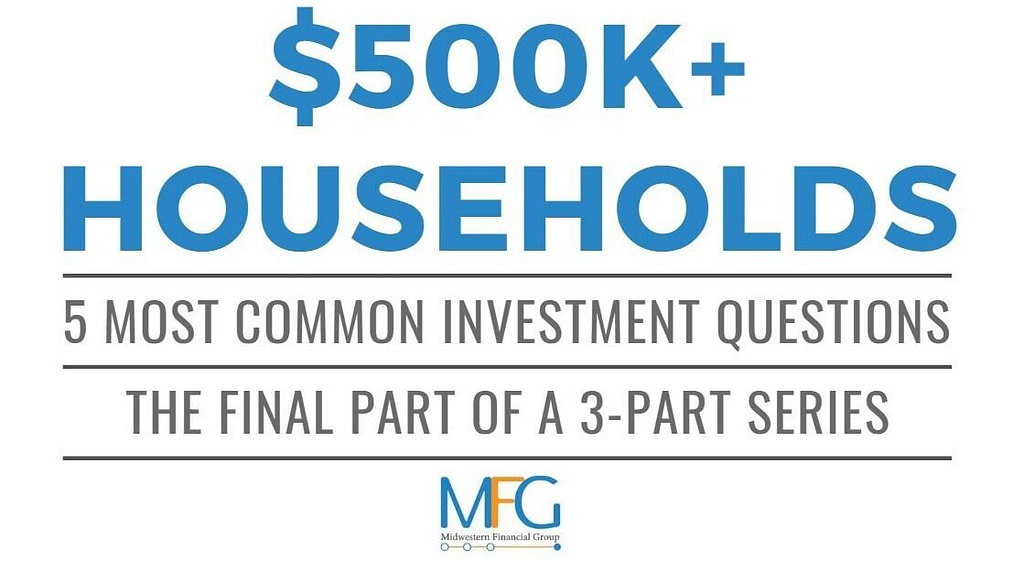
There are three ways to improve retirement probabilities:
- Spend less in retirement
- Save more before retirement
- Work longer
This post focuses on how to quickly assess your likelihood of retirement success. We will use an example throughout to help make sense of the assessment process.
Let’s take a family that makes $75,000 per year and that both spouses are the same age, thus will both receive $20,000 from Social Securtiy at full retirement.
Again, to make this simple, assuming both spouses retire when they begin taking Social Security, they are left needing $35,000 from savings per year ($75,000 they make per year now minus the $40,000 of combined Social Security they will be receiving).
How big does a portfolio need to be in order to take $35,000 from it each year?
At one time, when interest rates were not close to zero percent, retirees could plan on withdrawing roughly five percent of their portfolio each year and not worry about running out. However, in today’s environment 4 percent is more ideal.
Assuming a 4 percent withdrawal rate and the $35,000 needed per year, the necessary starting portfolio value is $875,000. In order to get the $35,000 per year necessary, $875,000 is necessary as 4 percent of $875,000 is $35,000.
If the distributions were from a tax-deferred account (ex. a 401(k)) then the portfolio value would need to be higher because in order to get $35,000 after-tax, you may need to withdraw $42,000 (an additional 20%) to cover state and Federal taxes.
If that’s the case, assuming a 4% withdrawal rate, the necessary starting portfolio is $1,050,000.
Other retirement dilemmas we help clients solve:
- How do I allocate my portfolio so it grows best over time?
- How much should I put in my 401(k) versus other investment accounts?
- I’m a small business owner, how does that change my retirement plan?
There are hundreds of other scenarios and questions we work through, but one of the most important is: how do I allocate my portfolio when I’m in retirement? For retirees, the biggest risk to their portfolio longevity is a sharp downturn in markets soon after retirement. Thus, we use a proprietary framework to determine each client’s appropriate strategic asset allocation.
If you or someone you know is within 10 years of retirement or retired now, it’s time to have these in-depth conversations.



